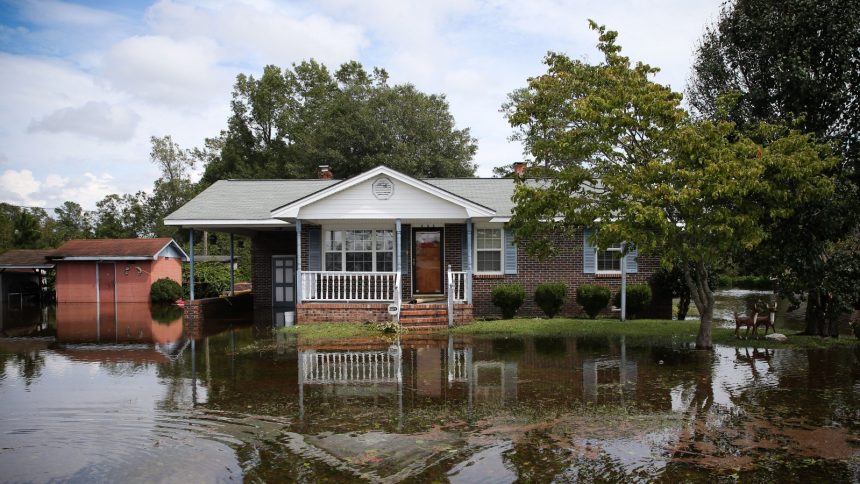Over the past century, the United States has constructed millions of homes along coastlines and rivers, developing land that is prone to flooding. The warming of the planet has raised sea levels and increased rainfall, leading to a surge in annual flood damages. Unfortunately, more homes are located in flood-prone areas now than ever before, exacerbating the problem. In coastal cities like Carolina Beach, North Carolina, the majority of homes are situated in federally-designated flood zones, setting them up for significant flood events.
Despite the prevailing narrative that floodplain development is out of control, new research published in the academic journal Earth’s Future suggests otherwise. A national survey conducted between 2001 and 2019 revealed that the U.S. has actually constructed fewer structures in floodplains than expected. Contrary to popular belief, most cities actively avoid building in flood-prone areas. The bulk of floodplain construction has occurred primarily in Louisiana and Florida. However, a separate study focusing on New Jersey found that the majority of towns reduced floodplain development through routine municipal practices such as zoning changes and permit denials.
The findings challenge the notion that floodplain development is an insurmountable problem. While risky construction remains a significant contributor to flood damages, it is not as widespread as commonly believed. Developers have built fewer housing units in floodplains than theoretically possible, indicating a trend towards avoiding high-risk areas. The concentration of floodplain development in a few states, particularly Florida and Louisiana, underscores the need for targeted intervention in these regions.
The study emphasizes the importance of tailored solutions to address floodplain development based on local factors. Some towns may lack the capacity to plan for higher ground, while others may prioritize economic gains from waterfront construction. Implementing regulations and penalties in high-risk areas can mitigate flood exposure and risk. By adopting simple solutions at the local level, communities can effectively limit floodplain development and reduce the associated risks.






